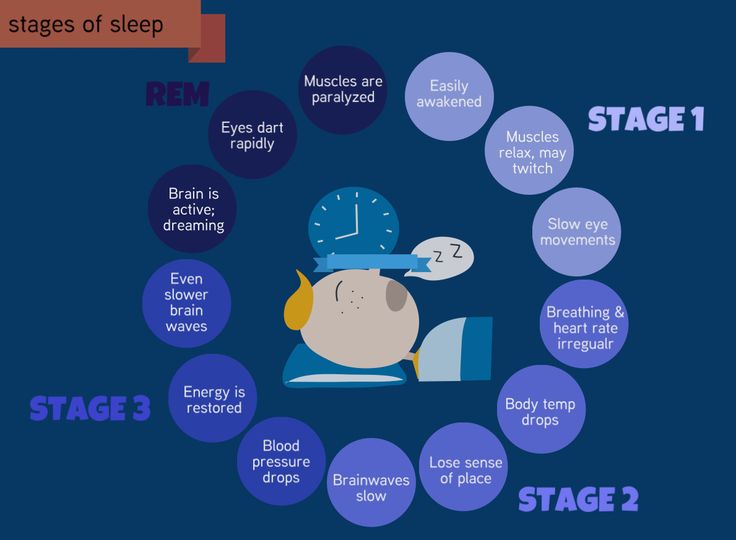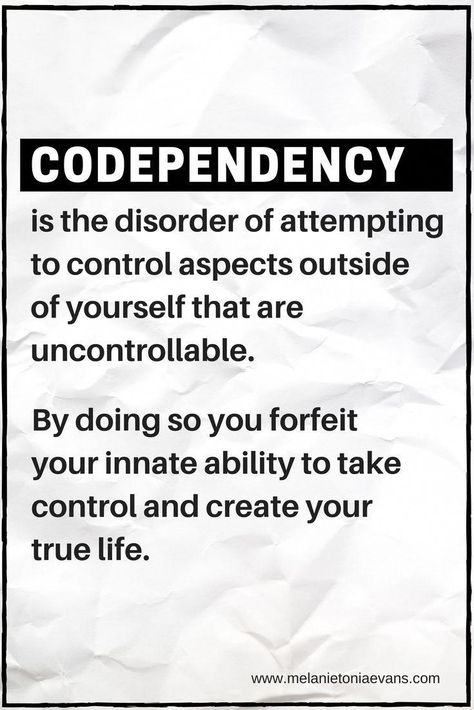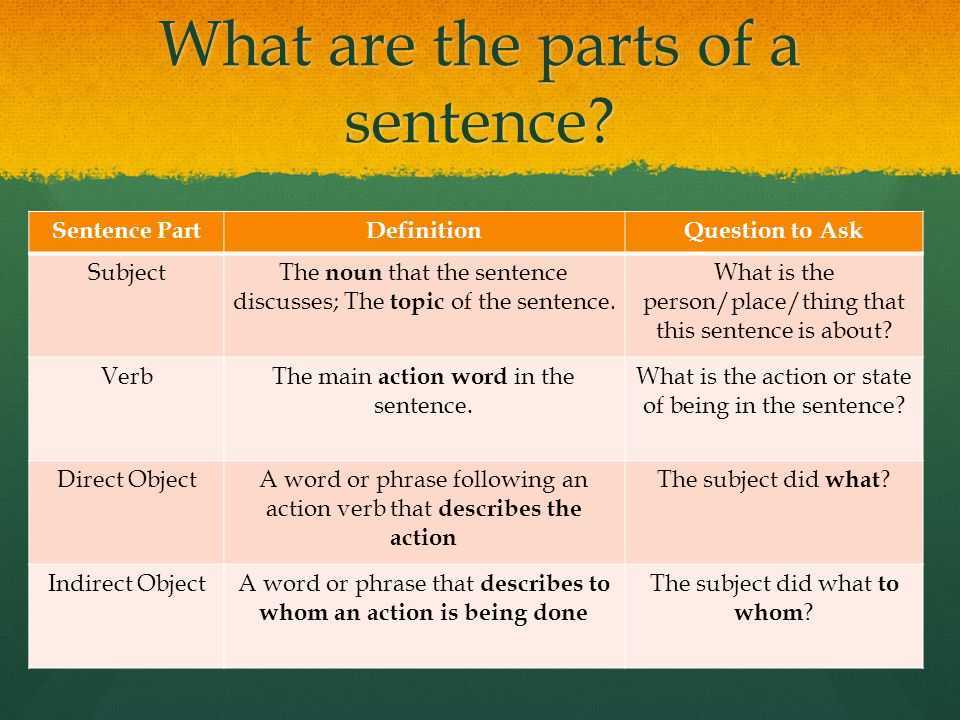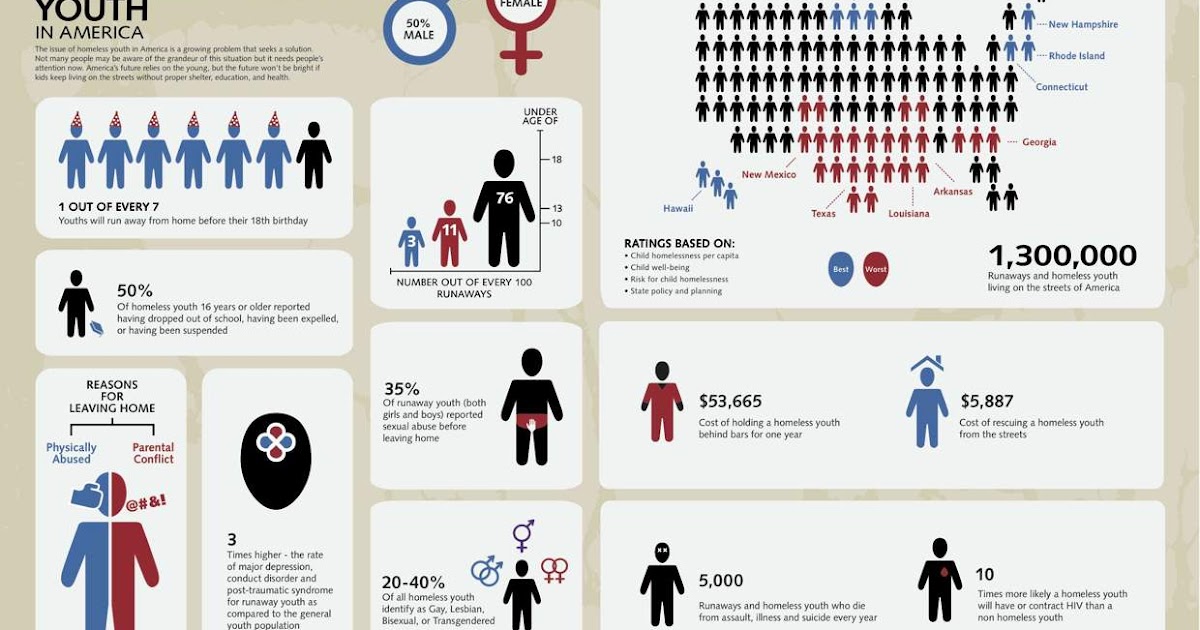What are the five stages of sleep
The 5 Stages of Healthy Sleep
Most people are aware of the two different types of sleep: rapid eye movement (REM) and non-REM. However, what many don’t know is that non-REM sleep actually has four different stages that you pass in and out of through the night. How much time you spend on each of these stages and the stage you wake from can have a big impact on how rested you feel and how much energy you have throughout the day. Here are the five stages of sleep and why they matter.
Stage 1 of non-REM sleepWhen you first fall asleep, you enter stage 1 of non-REM sleep. This is characterized by the cessation of muscle movement and the slow movement of the eyes behind the eyelid. This is the “twilight” stage of sleep where you are probably still aware of some of the things going on around you. This is a light stage of sleep and you can usually be woken by noises or other disturbances.
Stage 2 of non-REM sleepThis is the stage where you are actually fully asleep and not aware of your surroundings. During stage 2, the heart rate and breathing regulate, the body temperature goes down, the eye movements either slow or stop completely.
Brain waves slow down in stage 3 with only a few bursts of activity. This is a deep sleep where muscles relax and breathing slows even more. This stage of sleep is difficult to awaken from and you may feel disoriented if an alarm or disturbance pulls you out of it.
Stage 4 of non-REM sleepStage 4 is an even deeper sleep where the brain waves further slow and sleepers are very difficult to wake. It’s believed that tissue repair occurs during the stage of sleep and that hormones are also released to help with growth.
Stage 5: REM sleepThe final stage of sleep is REM and this is the cycle where we dream. The eyes move rapidly behind the lids and breathing becomes shallow and rapid. Blood pressure and heart rate also increase during REM sleep and the arms and legs are paralyzed so that sleepers can’t act out their dreams.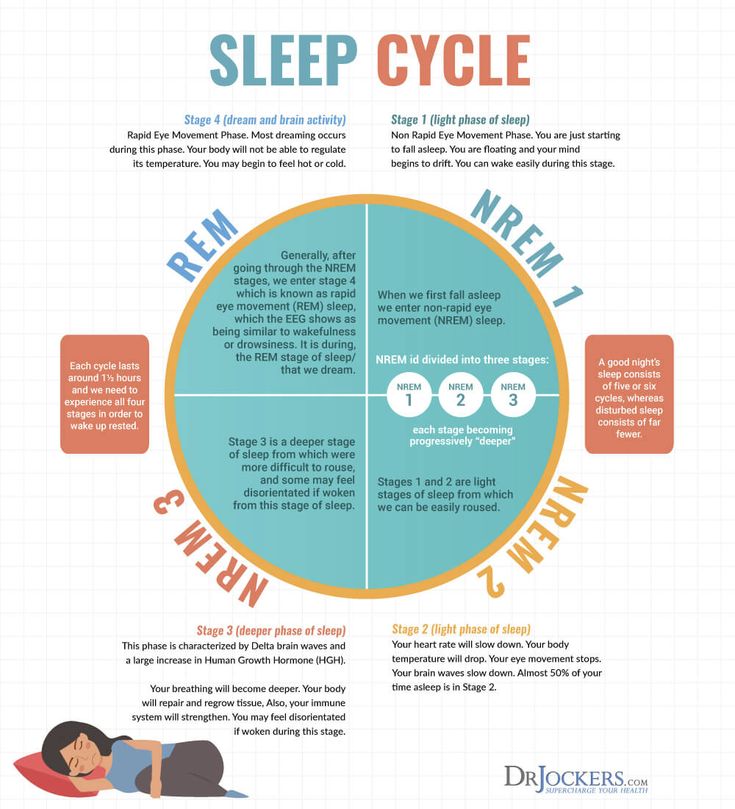 The purpose of this stage (and of dreams) is thought to stimulate the sections of the brain that are needed for memory and learning and a way for the brain to store and sort information. REM sleep occurs approximately 90 minutes into the sleep cycle.
The purpose of this stage (and of dreams) is thought to stimulate the sections of the brain that are needed for memory and learning and a way for the brain to store and sort information. REM sleep occurs approximately 90 minutes into the sleep cycle.
The length of each cycle changes throughout the night, but the typical sleeper will cycle through the stages several times before waking. For those with sleep disorders such as obstructive sleep apnea, the deeper levels of sleep may not be reached as frequently as is normal because they are constantly being woken. This can lead to the body’s inability to repair damage, few dreams, and increased fatigue upon waking and throughout the day.
If you have symptoms such as brain fog, inability to concentrate, the need for naps, irritability, or lack of focus, it could be due to lack of deep sleep. Think obstructive sleep apnea could be the culprit? Request a screening today to find out!
The 5 Stages of Sleep: What They Mean
- What is the sleep cycle?
- What are the stages of sleep?
- What affects the stages of sleep?
- How to encourage better sleep
- When to talk to your healthcare provider
If you have any medical questions or concerns, please talk to your healthcare provider.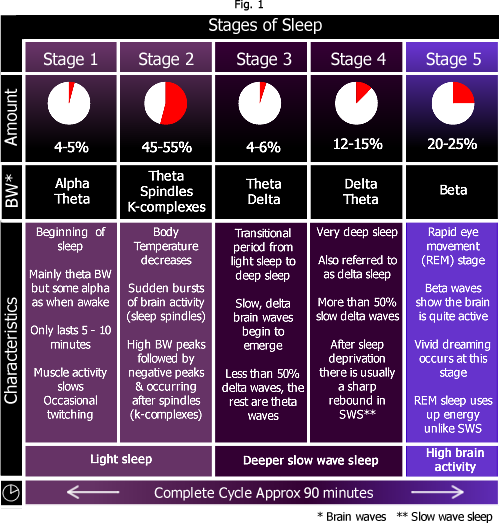 The articles on Health Guide are underpinned by peer-reviewed research and information drawn from medical societies and governmental agencies. However, they are not a substitute for professional medical advice, diagnosis, or treatment.
The articles on Health Guide are underpinned by peer-reviewed research and information drawn from medical societies and governmental agencies. However, they are not a substitute for professional medical advice, diagnosis, or treatment.
For many people, sleep seems like a simple concept. You close your eyes, dream a little, and wake up eight hours later feeling refreshed. But for some people, trying to get a good night’s sleep can be a challenge.
Sleep is actually pretty complex, with multiple stages, changing brainwaves, and countless known and unknown functions. Here’s what we know about the stages of sleep, what conditions can affect them, and some tips you can use to get a better night’s sleep.
Save money on the meds you need most
Switch to Ro Pharmacy to get your prescriptions filled for less.
Learn more
Every night, your body moves through several different levels of sleep. Each level has unique characteristics, including brain wave patterns, eye movements, and muscle tone. Together, these stages are called the sleep cycle (Institute of Medicine, 2006).
Together, these stages are called the sleep cycle (Institute of Medicine, 2006).
Your body’s circadian rhythm controls your sleep cycle. The circadian rhythm is your body’s internal clock, generated by the hypothalamus in your brain.
Besides your sleep cycle, your circadian rhythm also plays a part in regulating the following (Institute of Medicine, 2006):
- Physical activity
- Food consumption
- Body temperature
- Heart rate
- Muscle tone
- Hormone secretion
Your sleep cycle consists of two different types of sleep, non-rapid eye movement (NREM) sleep and rapid eye movement (REM). NREM is further divided into four distinct stages called Wake, N1, N2, and N3 (Institute of Medicine, 2006).
Your brain cycles through these stages as you sleep. The average length of the first cycle is 70 to 100 minutes, with later cycles taking up to 120 minutes. In most adults, REM sleep increases as the night progresses, and N3 may disappear altogether sometimes (Institute of Medicine, 2006).
Researchers uncovered the sleep cycle and its different stages using an electroencephalogram (EEG), a medical device used to trace the electrical patterns of brain activity (Institute of Medicine, 2006). Let’s look at the five stages in a typical sleep cycle.
The first stage of sleep begins before you even fall asleep. The wake stage is subdivided into two more stages—eyes-open and eyes-closed. During eye-open wakefulness, there are alpha and beta brain waves present. Beta waves are more prominent. As you fall asleep and your eyes close, the alpha waves become more pronounced (Patel, 2021).
The N1 stage is a transitional stage. It is the lightest stage of sleep and typically lasts 1–5 minutes. About half of the alpha waves are replaced with another type of wave called low-amplitude mixed-frequency (LAMF) activity during this light sleep stage. Your breathing occurs at a regular rate, and your skeletal muscles (the ones you use to move around) still have some tone. This stage is the beginning of non-REM sleep (Patel, 2021).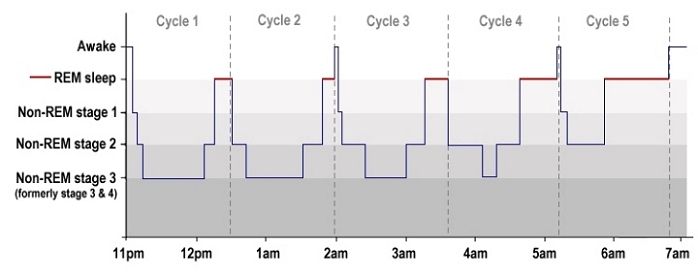
As you sink into deeper sleep, your heart rate and body temperature drop, signaling the start of the N2 stage of sleep. The N2 stage lasts about 25 minutes in the first sleep cycle and gets longer with each cycle throughout the night (Patel, 2021).
Stage N3 is the deepest stage of sleep and is the most difficult to wake up from. It is also called slow-wave sleep for the delta waves shown on EEG. For some people, not even loud noises will wake them from this stage. If you do get woken up, you will likely feel mentally foggy. Studies have shown moderate impairments on cognitive testing for 30 minutes to an hour for people waking directly from deep N3 sleep (Patel, 2021).
During this stage, your body will (Patel, 2021):
- Repair and regrow tissue
- Build muscle and bone
- Strengthen the immune system
Researchers are currently studying ways to enhance cognitive ability by stimulating the brain during slow-wave sleep with various types of sound, electricity, and medications. More study is needed, but stimulation has improved performance in several cognitive domains (Zhang, 2019).
More study is needed, but stimulation has improved performance in several cognitive domains (Zhang, 2019).
REM sleep is the stage associated with dreaming. During this stage, your breathing rate becomes less regular. The skeletal muscles are relaxed and unmoving except for the eyes and diaphragm. Surprisingly, during this stage, your EEG would look very similar to an awake person’s. REM starts about 90 minutes after falling asleep and gets longer throughout the night (Patel, 2021).
Researchers met the first descriptions of REM sleep with skepticism. We now understand how essential REM sleep is to the function of the brain. However, though there are many theories, we still don’t quite know the function of REM or how and why we dream (Peever, 2017).
REM sleep behavior disorder: what is it, causes, treatment
Sleep Last updated: Jun 14, 2021 5 min read
Humans aren’t the only species that experience REM sleep.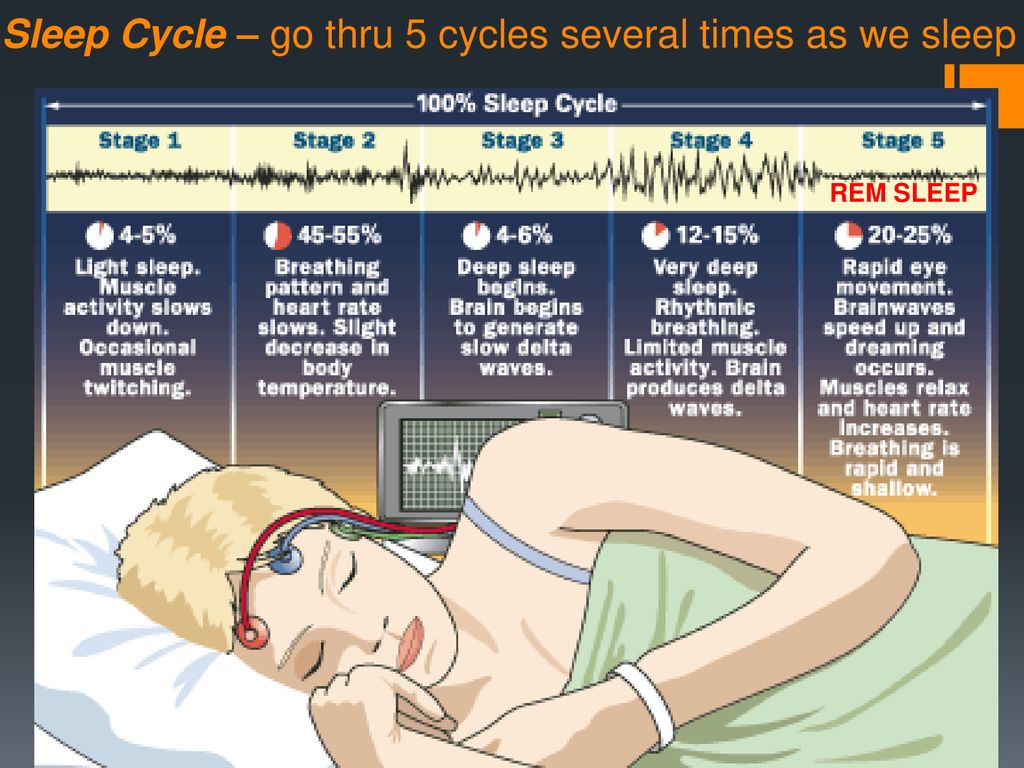 All land-dwelling mammals, birds, reptiles, and some aquatic invertebrates also go through a REM stage. New data suggests that REM sleep may help facilitate learning and memory in most of the animal kingdom, humans included, by regulating activity in the gaps between the neurons in the brain (Peever, 2017).
All land-dwelling mammals, birds, reptiles, and some aquatic invertebrates also go through a REM stage. New data suggests that REM sleep may help facilitate learning and memory in most of the animal kingdom, humans included, by regulating activity in the gaps between the neurons in the brain (Peever, 2017).
Of course, these stages of sleep don’t always work the way they’re supposed to. When that happens, some people may develop insomnia or other sleep disorders. Many things can impact the stages of sleep.
Many medical conditions can affect your sleep cycles. These include (Karna, 2021):
- Heart conditions, such as heart failure
- Neurologic conditions, such as central sleep apnea, restless leg disorder, or degenerative disorders
- Endocrine conditions, such as hyperthyroidism, pregnancy, or diabetes
- Pulmonary conditions, such as obstructive sleep apnea, asthma, or chronic obstructive pulmonary disease (COPD)
- Gastrointestinal disorders, such as acid reflux
- Musculoskeletal conditions, such as arthritis pain, fibromyalgia, or any chronic pain
Mental health conditions and medications can also cause changes to how your body moves through the stages of sleep (Karna, 2021):
- Depression can cause difficulty falling asleep, waking up in the middle of the night, decreased slow-wave sleep, less time to get into REM, and increased REM intensity.

- Anxiety disorders may cause trouble falling asleep, staying asleep, and not feeling rested after sleep.
- Post-traumatic stress disorder (PTSD) can produce vivid and terrifying nightmares.
- Antidepressants may interfere with your normal REM sleep patterns.
- Benzodiazepines may cause rebound insomnia after stopping the medication, especially in older adults.
Anxiety: types, symptoms, causes, and treatments
Mental health Last updated: Jun 01, 2021 10 min read
Age also plays a part in changing your sleep cycles, including (Li, 2018):
- Falling asleep earlier
- Shortened sleep duration
- More frequent daytime naps
- More frequent awakenings at night
- Less slow-wave sleep
Sleep changes are a normal part of aging. Most of these changes actually occur during young and middle adulthood. Changes in the circadian system and the amount and pattern of sleep-related hormone secretion contribute to age-related changes in sleep (Li, 2018).
Changes in the circadian system and the amount and pattern of sleep-related hormone secretion contribute to age-related changes in sleep (Li, 2018).
Sleep is receiving increasing attention, as there is growing evidence that poor sleep is associated with adverse health outcomes, including cognitive declines in older adults (Li, 2018).
Most adults require 7–8 hours of sleep each night. Children and teenagers need more. Older adults may sleep less at night but may still need to make up the rest of the time with daytime naps (U.S. National Library of Medicine, n.d.).
There are some ways to improve your sleep at night if you are struggling.
Calming your mind can make it easier for you to fall asleep. You can try writing down anything bothering you in a journal, learning relaxation techniques, or finding other calming activities to do two hours before bedtime (U.S. National Library of Medicine, n.d.).
Meditation for anxiety: does it work?
Meditation and mindfulness Last updated: May 10, 2021 6 min read
Try to be more active during the daytime and avoid naps to make it more likely that you will be tired at bedtime.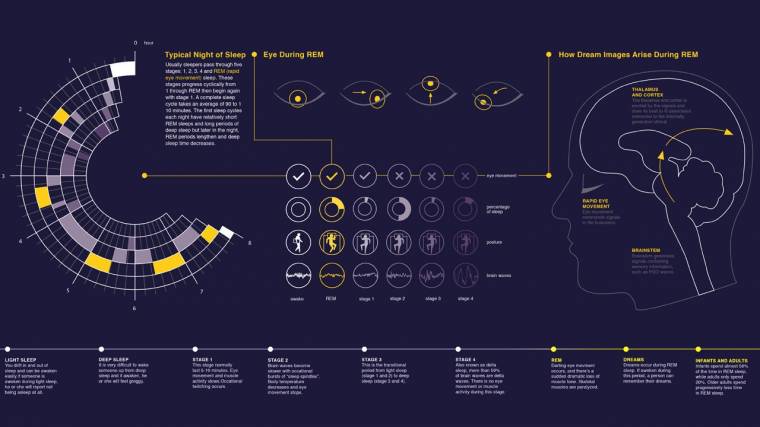 It would help if you also cut back on caffeine, nicotine, and alcohol. A sleep routine can help signal your mind and body that it’s time to wind down for bed (U.S. National Library of Medicine, n.d.).
It would help if you also cut back on caffeine, nicotine, and alcohol. A sleep routine can help signal your mind and body that it’s time to wind down for bed (U.S. National Library of Medicine, n.d.).
You can’t force yourself to fall asleep; this will just leave you frustrated. If you can’t fall asleep within 30 minutes, move to another room and try a quiet activity until you feel sleepy. If that doesn’t work right away, keep trying before getting back into bed (U.S. National Library of Medicine, n.d.).
If any of the following are keeping you up at night, talk with a healthcare provider (U.S. National Library of Medicine, n.d.):
- You feel sad or depressed.
- Pain or discomfort is keeping you awake.
- You think medicine or supplements may be keeping you awake.
- You have been using sleep medicines without talking to your provider first.
- Institute of Medicine (US) Committee on Sleep Medicine and Research; Colten, H. R., & Altevogt, B.
M. (Eds.). (2006). Sleep disorders and sleep deprivation: an unmet public health problem. Sleep Physiology. Retrieved from https://www.ncbi.nlm.nih.gov/books/NBK19956/
- Karna B, Gupta V. (2021). Sleep disorder. [Updated 2021 Feb 6]. In: StatPearls [Internet]. Treasure Island (FL): StatPearls Publishing; 2021 Jan-. Retrieved from https://www.ncbi.nlm.nih.gov/books/NBK560720/
- Li, J., Vitiello, M. V., & Gooneratne, N. S. (2018). Sleep in normal aging. Sleep Medicine Clinics, 13(1), 1–11. doi: 10.1016/j.jsmc.2017.09.001. Retrieved from https://www.ncbi.nlm.nih.gov/pmc/articles/PMC5841578/
- Peever, J., & Fuller, P. M. (2017). The biology of REM sleep. Current biology: CB, 27(22), R1237–R1248. doi: 10.1016/j.cub.2017.10.026. Retrieved from https://pubmed.ncbi.nlm.nih.gov/29161567/
- Patel AK, Reddy V, Araujo JF. (2021). Physiology, sleep stages. [Updated 2021 Apr 22]. In: StatPearls [Internet]. Treasure Island (FL): StatPearls Publishing; 2021 Jan-.
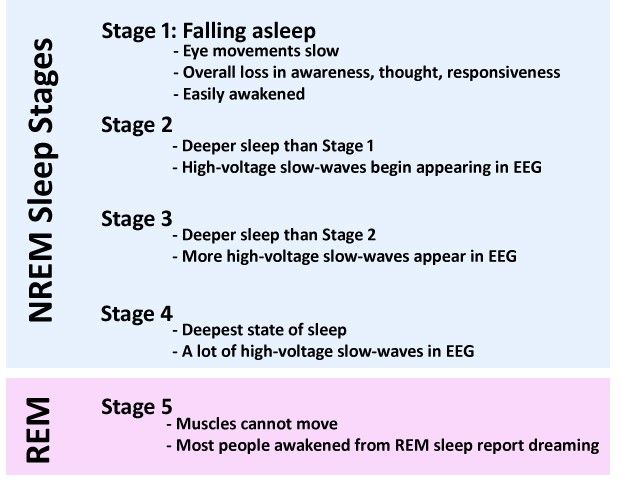 Retrieved from https://www.ncbi.nlm.nih.gov/books/NBK526132
Retrieved from https://www.ncbi.nlm.nih.gov/books/NBK526132 - U.S. National Library of Medicine. (n.d.). Changing your sleep habits: MedlinePlus Medical Encyclopedia. MedlinePlus. Retrieved from https://medlineplus.gov/ency/patientinstructions/000757.htm
- Zhang, Y., & Gruber, R. (2019). Can slow-wave sleep enhancement improve memory? A review of current approaches and cognitive outcomes. The Yale Journal of Biology and Medicine, 92(1), 63–80. Retrieved from https://www.ncbi.nlm.nih.gov/pmc/articles/PMC6430170/
Phases and cycles of human sleep
The body requires daily rest. Normal sleep cycles are necessary for the restoration of the immune system, streamlining the information flow received during the day, and a lot of other functions. Lack of sleep, insomnia affect well-being and vigor. There is a violation of coordination, inhibition of thought processes.
When a person's sleep cycles are constantly disrupted, irreversible and increasing symptoms occur, turning into a chronic form and treatment of the sleep disorder is necessary.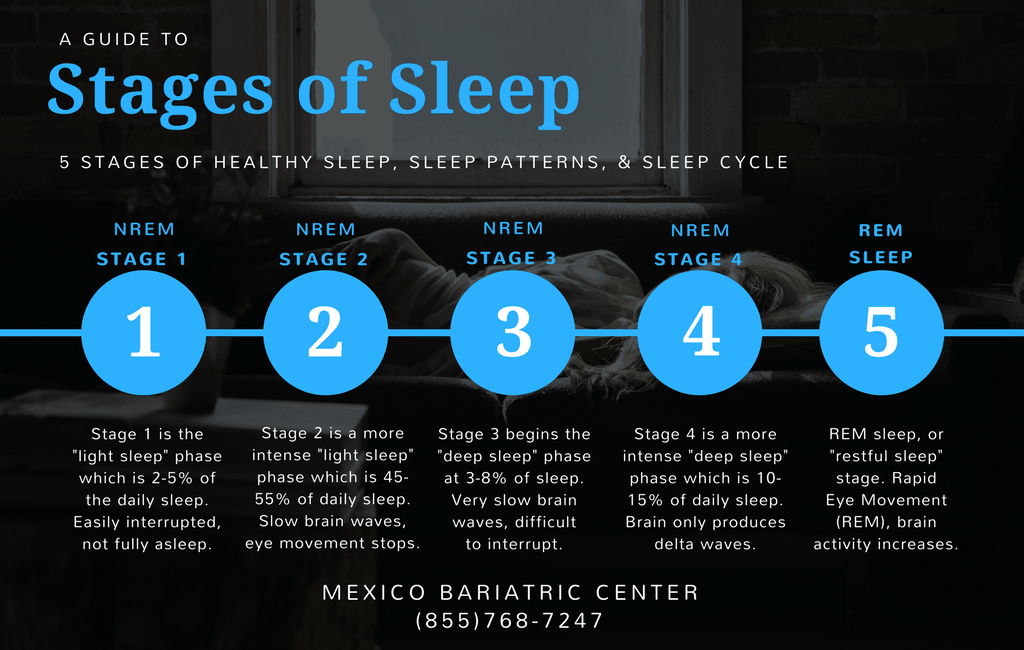 nine0003
nine0003
Which phases of sleep (sleep stages) are important for health?
According to statistics, a person needs an eight-hour sleep cycle, consisting of 5 phases of 90-100 minutes each, to replenish health. Each cycle has slow and fast sleep phases:
- REM sleep phase. From fatigue or lack of sleep, a person “falls asleep on the go”, uses the slightest opportunity to “take a nap”. He instantly falls asleep and plunges into the phase of a paradoxical dream. The name arose after comparing the electroencephalograms of sleeping people. They revealed similar frequency indicators of heart rate and respiration with those who were awake. But the tone of most muscles was zero, except for the diaphragmatic, auditory ossicles and above the eyelids. The conclusion is that only the body sleeps, and the brain continues to work. The most vivid realistic dreams fall on this phase of sleep. After 20 minutes, sleep enters the second phase - slow.
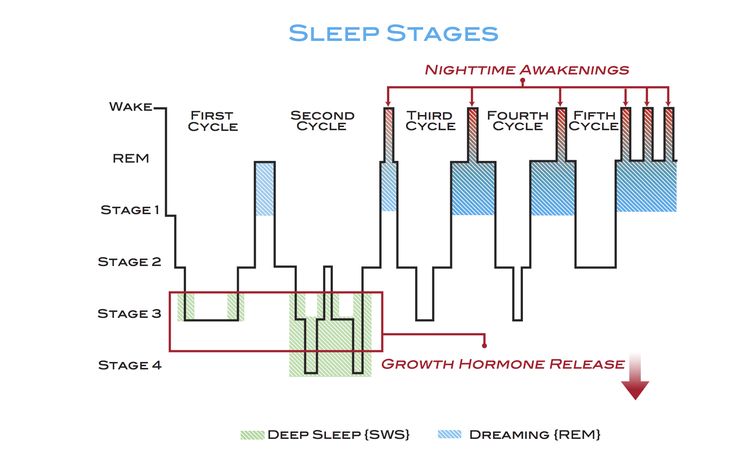 nine0016
nine0016 - According to studies, the proportion of slow-wave sleep in humans is 75%. The slow phase is divided into 4 sub-phases:
- Slumber. A healthy and observant person will fall into a deep sleep in 5-10 minutes.
- Immersion. Duration up to 20 minutes. The heartbeat begins to slow down, the body temperature drops, the brain gives bursts (spindles) of activity to the EEC. Consciousness is completely disabled.
- Deep sleep phase.
- Delta sleep or deepest sleep. It is also called the REM phase (REM - from the English "Rapid Eye Movement" - "rapid movement of the eyeballs"). At this stage, typical rapid movements of the eyeballs are noted, which determined its name. It is difficult to wake up a person who is in this phase. After a sharp awakening, he will not perceive reality for a long time. It is at this stage that sleepwalking, enuresis, talkativeness in a dream is manifested, nightmares are pestering when people suffer from these disorders.
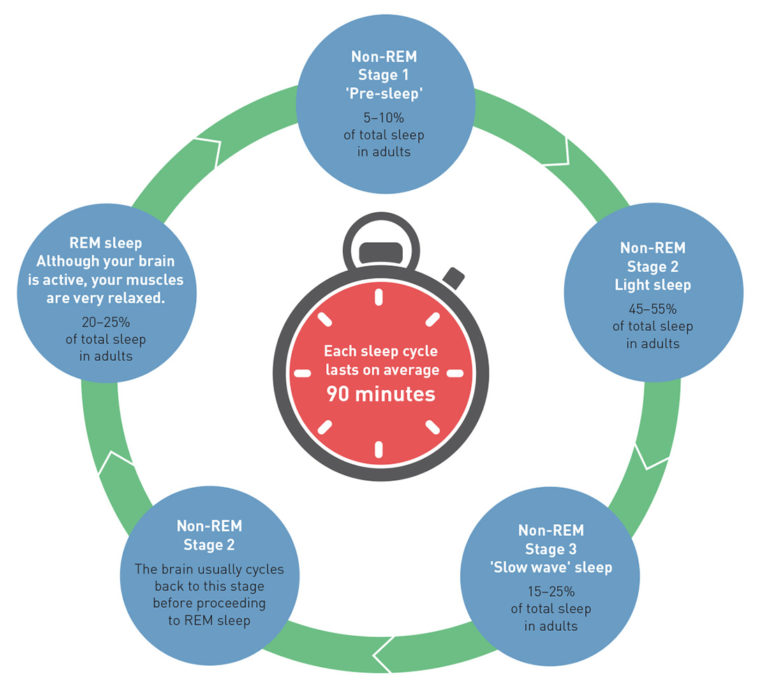 nine0016
nine0016
Next, the sleeper automatically switches to the fast phase and again in a cycle. Passing through all stages gradually, a person wakes up cheerful and rested.
Sleep phases are important for the physiological state
What happens in the body during sleep is of paramount importance. Deep sleep phases are vital for the body to recover physically.
Peace and relaxation of a sleeping person is a visual statement that the body continues to work:
- There is a maximum evaporation of moisture through the epidermis, as a result, a slight weight loss.
- Collagen, the most important protein for strengthening blood vessels and elasticity of the dermis, is being produced. Compare your face after a good night's sleep and after a sleepless night.
- Rost. The concentration of growth hormone is maximum at night's rest. Children must sleep at night.
- Immersion in dreams gradually relaxes all the muscle ligaments of the body.
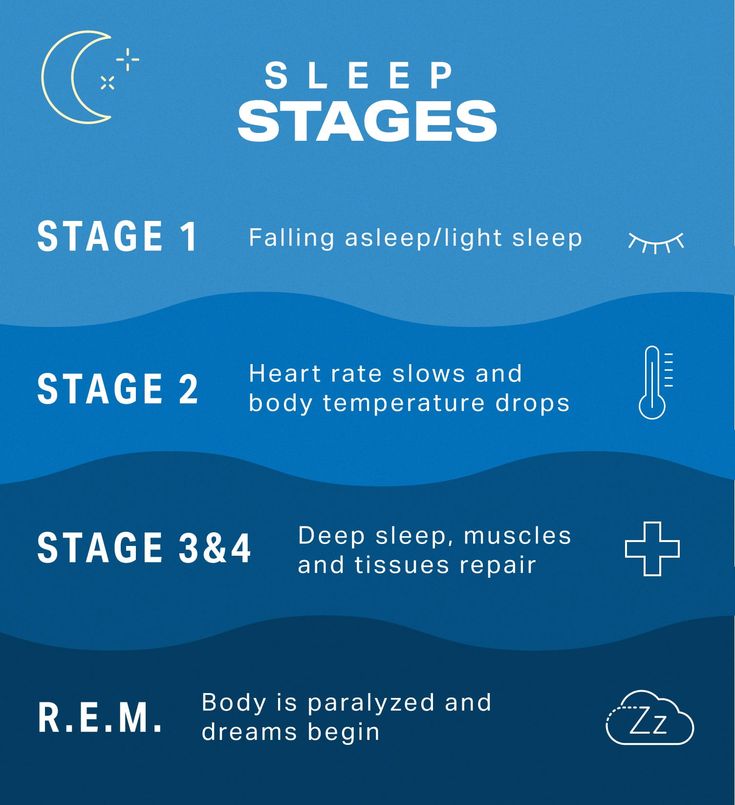 The only load remaining is the muscles of the eyelids, so that they do not open in the sleeping person. nine0016
The only load remaining is the muscles of the eyelids, so that they do not open in the sleeping person. nine0016 - Brain rest. Night rest is a brainstorming of the information received during the daytime, sorting and "arranging" for the safety of important and secondary information. At this point, the brain completely stops responding to external stimuli. No wonder the saying is in use - "mornings and evenings are wiser." A person wakes up with a different view of the problem.
The sleep apnea patient usually has disturbed sleep cycles and does not reach the deep sleep phase at night, as he is constantly awakened as a result of alarm signals sent by the body. This significantly worsens the patient's well-being during the day. After a diagnostic night in our laboratory, when the diagnosis of obstructive sleep apnea was confirmed, the patient was indicated for therapy with CPAP devices. nine0003
STAGES OF SLEEP. DEEP, LIGHT AND REM SLEEP
We usually think of sleep as one single experience when we go to sleep every night. But our mind and body experience different phases of sleep during the night, each with its own characteristics and benefits.
DIFFERENT STAGES OF SLEEP
Sleep stages are formed by two different types of sleep: non-REM sleep (NREM sleep) and REM sleep (REM sleep). However, before we reach these periods of sleep, there is a stage where we are simply awake. To fall asleep, we begin this stage at rest. nine0003
NREM sleep stages is when our body slows down. All activity related to our brain waves, heartbeat, breathing and muscles is reduced to a lower level than when we are awake as our body uses this time to repair and improve our various systems. It is also a type of sleep that is rarely associated with the dream state (although vivid dreams can still occur, but are less likely).
Stages of non-REM sleep include:
- First stage: the lightest stage of sleep. Our entry point is where we begin the transition into deeper sleep but are still easily woken up by the noises around us.
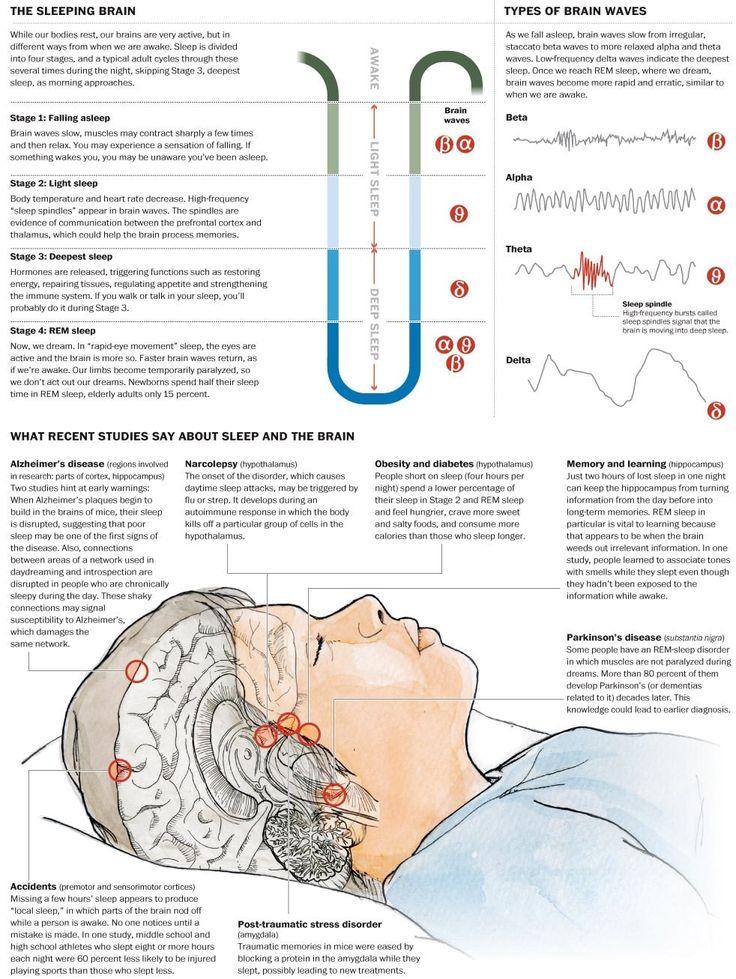
- Second stage : Deeper stage of sleep when heart rate and body temperature decrease, but loud noises can still wake us up. This stage is characterized by rapid bursts of high-frequency brain waves thought to be important for learning and memory. nine0015 Third stage : often referred to as deep sleep or non-REM sleep. It is very difficult for us to wake up in stage 3. In this stage, the body repairs tissues, builds bones and muscles, and strengthens the immune system.
REM sleep is REM sleep when our body experiences bursts of rapid eye movements and brain activity, similar to how our body behaves when we are awake. This is a type of sleep associated with vivid dreams and a kind of sleep paralysis where our muscles lose the ability to move (so it's not the stage where people sleepwalk, for example). REM sleep is vital to our memory and emotional regulation as our brain processes and clears what we no longer need. nine0003
HOW LONG IS A SLEEP CYCLE?
All of the above stages of sleep together form a whole sleep cycle, which usually lasts from 90 to 110 minutes. So, if you sleep eight hours a night, your body will complete several sleep cycles that will repeat until you wake up.
During the night, each sleep cycle is different: the deepest sleep occurs in the first half of the night, and the REM sleep occurs in the second half. So by the time you get to the early hours of the morning, you'll basically be alternating between NREM sleep and REM sleep. nine0003
HOW LONG IS EACH STAGE OF SLEEP?
During each sleep cycle, the body experiences each stage of sleep for varying durations, depending on how long you rested. Here is how long each sleep stage lasts in adults:
- NREM Stage 1 : 1 to 7 minutes in our initial sleep cycle, which is 5-10% of total sleep duration.
- NREM Stage 2 : 10 to 25 minutes in the initial sleep cycle and lengthens with each successive cycle, eventually accounting for 45 to 55% of our total night of sleep.
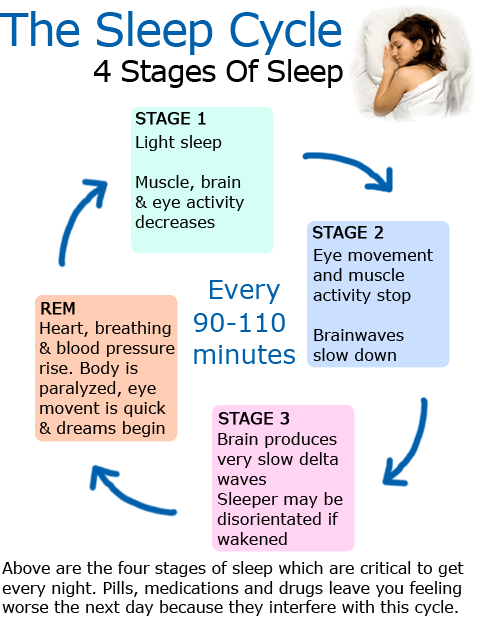 nine0016
nine0016 - NREM Stage 3 : 20 to 40 minutes in our initial sleep cycle and accounts for about 15-25% of our total night's sleep.
- REM sleep : only 1 to 5 minutes in the initial sleep cycle, but lengthens with each successive cycle.
HOW MUCH SLEEP SHOULD I GET IN THE RAPID PHASE?
As already mentioned, REM sleep begins in short periods and then gradually becomes longer. We usually have our longest REM sleep in the morning, just before waking up. That's why you often remember your dreams more clearly if you've had a long, uninterrupted night of sleep. nine0003
Since we have several intervals during the night, each of a different duration, it is not easy to determine exactly how much REM sleep we need. However, if we don't get enough sleep throughout the night, we are more likely to miss sleep cycles with longer sleep stages. Thus, an adult needs at least seven to nine hours of sleep each night.
DEEP SLEEP OR LIGHT SLEEP?
When we talk about light and deep sleep, we mean the stages of non-REM sleep.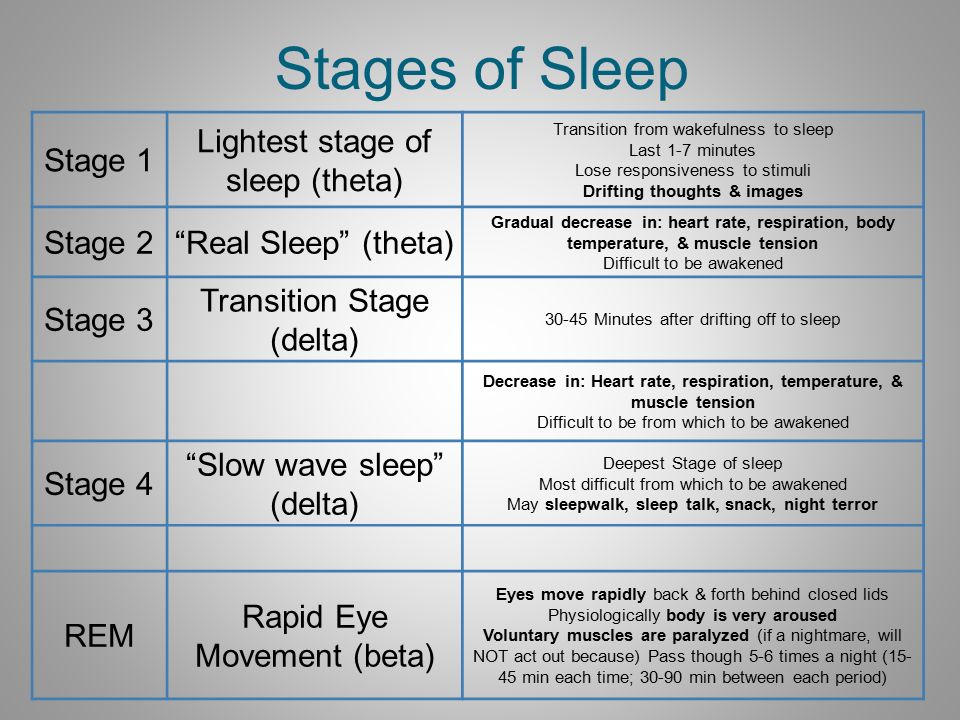 Light sleep occurs in stages 1 and 2, and deep sleep occurs in stage 3.
Light sleep occurs in stages 1 and 2, and deep sleep occurs in stage 3.
As we saw above, all stages of sleep are important because they work together in a cycle to allow our body to fully rest and regenerate throughout the night. Therefore, it is very important to get a good night's sleep in order to have a good rest and benefit from the different stages.
Often, when our sleep is disturbed, we lose deep sleep. This means we miss out on the time our bodies need each night to reap the benefits of phase 3 sleep, such as improving your memory and learning functions, supporting cell growth, and boosting your immune system. nine0003
If you are interested in getting enough deep sleep every night, you should rethink your sleep patterns to create the ideal conditions for a full night's rest. Some studies have also shown that exercising 90 minutes before bed can increase the duration of deep sleep (but may decrease the duration of REM sleep).
While deep sleep is vital, light sleep also has its benefits.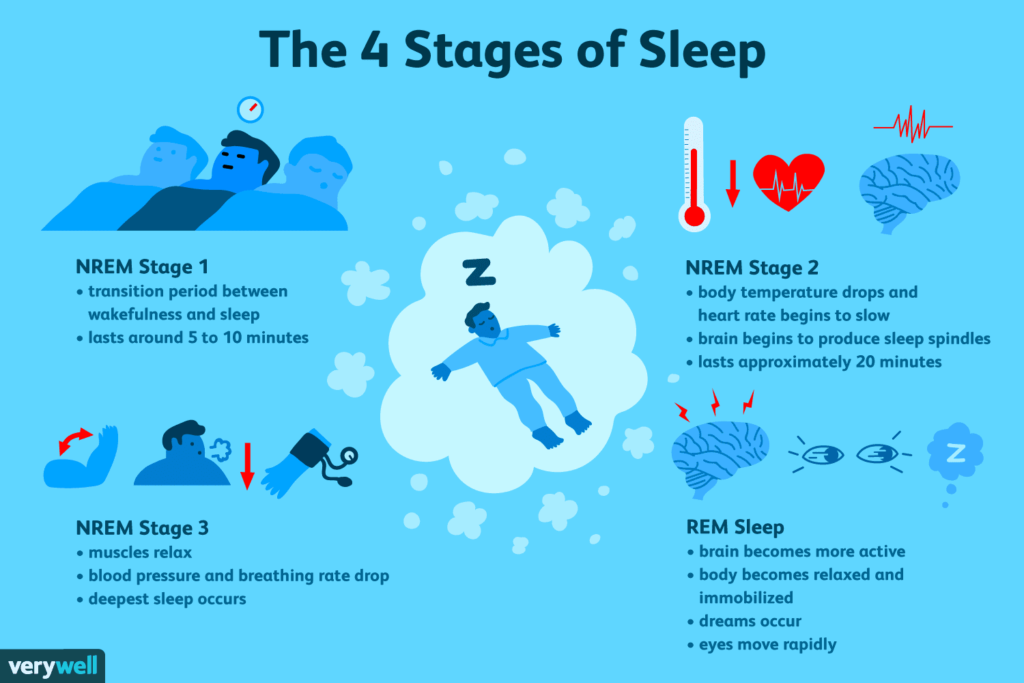 For example, when we wake up naturally during this part of our sleep cycle, we are more likely to feel refreshed and ready to start the day—a very different morning feeling than when an alarm goes off while you are in deep sleep. nine0003
For example, when we wake up naturally during this part of our sleep cycle, we are more likely to feel refreshed and ready to start the day—a very different morning feeling than when an alarm goes off while you are in deep sleep. nine0003
SLEEP CHANGES WITH AGE
If you slept until noon as a teenager and wake up at dawn as an adult, you have probably noticed how your sleep changes throughout your life. This is how our need for sleep and experience of sleep change as we age.
- Newborns and infants : Babies initially need 14 to 17 hours of sleep, usually in chunks throughout the day. By their first birthday, they typically sleep between 11 and 14 hours a night, mostly at night, with little to no daytime naps. Interestingly, newborns have a completely different sleep architecture, and it also takes their bodies three months to understand circadian rhythms. nine0016
- Young children : Even though the need for sleep (including naps) is decreasing, children around the age of five still need about 12 hours a day.
 As children get older through their teens, the need for sleep decreases to about 9-11 hours each night.
As children get older through their teens, the need for sleep decreases to about 9-11 hours each night. - Adolescents : Adolescents need about 8-10 hours of sleep each night and may experience afternoon sleepiness at various stages of puberty. nine0015 Adults : Sleep cycles remain relatively stable throughout adulthood until about age 65, with the average adult needing 7-9 hours of sleep each night.
- People over 65 years of age : After this age, people have slightly less NREM sleep and spend most of their sleep cycle in stage 2. This means that older people do not sleep as soundly as they did when they were younger and often need a little less sleep (about 7-8 hours). nine0016
TRACKING SLEEP STAGES
One way to understand your sleep cycles is to track them. Nightly Recharge™ by Polar gives you a detailed analysis of your sleep every morning so you can evaluate the amount and quality of your sleep.